NATEGLINIDE - ORAL
PHONETIC PRONUNCIATION: (nah-TEGG-lin-ide)
COMMON BRAND NAME(S): Starlix
GENERIC NAME(S): nateglinide
Uses
USES: Nateglinide is used alone or with other medications to control high blood sugar along with a proper diet and exercise program. It is used in people with type 2 diabetes. Controlling high blood sugar helps prevent kidney damage, blindness, nerve problems, loss of limbs, and sexual function problems. Proper control of diabetes may also lessen your risk of a heart attack or stroke. It works by stimulating the body to produce more insulin. Insulin is a natural substance that allows the body to properly use sugar from the diet.
How to use NATEGLINIDE - ORAL
HOW TO USE: Read the Patient Information leaflet if one is available from your pharmacist before you start using nateglinide and each time you get a refill. If you have any questions, consult your doctor or pharmacist. Take this medication by mouth 1-30 minutes before each main meal, usually 3 times daily, or as directed by your doctor. Take this drug no earlier than 30 minutes before the meal. Do not take a dose of medication if you are skipping that meal. If you are having liquid meals, a higher dose of this medication may be necessary to control your blood sugar. Consult your doctor for more details. The dosage is based on your medical condition, number of meals per day, and response to treatment. Use this medication regularly as directed by your doctor in order to get the most benefit from it. Carefully follow the medication treatment plan, meal plan, and exercise program your doctor has recommended. Check your blood sugar regularly as directed by your doctor. Keep track of the results, and share them with your doctor. This is very important in order to determine the correct dose. Tell your doctor if your blood sugar measurements are too high or too low. Your treatment plan may need to be changed.
Side Effects
Precautions
Interactions
Overdose
Images
Reviews
Faq for NATEGLINIDE - ORAL
Nateglinide is used to control high blood sugar levels in individuals with type 2 diabetes.
Nateglinide stimulates the release of insulin from the pancreas, which helps to lower blood sugar levels after meals.
Some common side effects of nateglinide include headache, dizziness, nausea, and low blood sugar (hypoglycemia).
Nateglinide can be used as a standalone medication or in combination with other diabetes medications. It is often prescribed alongside metformin or other oral diabetes drugs.
Nateglinide should be taken orally, usually before each main meal. The dosage will depend on individual circumstances, so it is important to follow the instructions provided by your doctor.
It is generally not recommended to take nateglinide during pregnancy or while breastfeeding. It is advised to consult with a healthcare professional in such situations.
Yes, nateglinide can cause hypoglycemia, especially if taken in combination with other diabetes medications. It is important to monitor blood sugar levels regularly and be aware of the signs and symptoms of low blood sugar.
Certain medications, such as beta-blockers, can interact with nateglinide and affect its effectiveness. It is important to inform your doctor or pharmacist about all the medications you are taking to avoid any potential interactions.
Weight gain is not a commonly reported side effect of nateglinide. However, individual experiences may vary.
Disclaimer
IMPORTANT: HOW TO USE THIS INFORMATION: This is a summary and does NOT have all possible information about this product. This information does not assure that this product is safe, effective, or appropriate for you. This information is not individual medical advice and does not substitute for the advice of your health care professional. Always ask your health care professional for complete information about this product and your specific health needs.
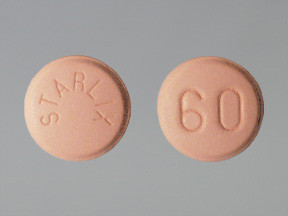
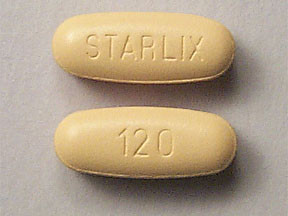
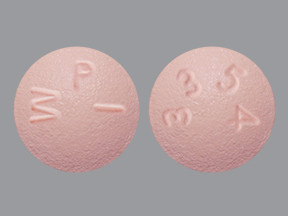

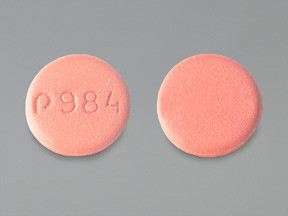

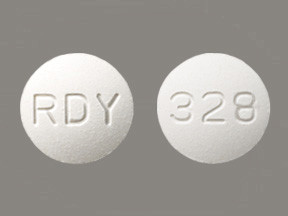
No Reviews Yet